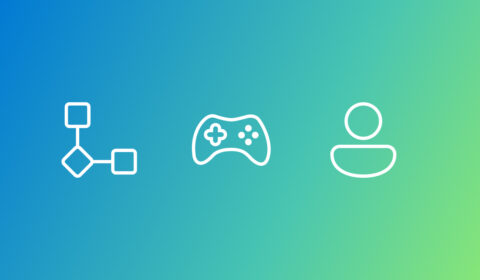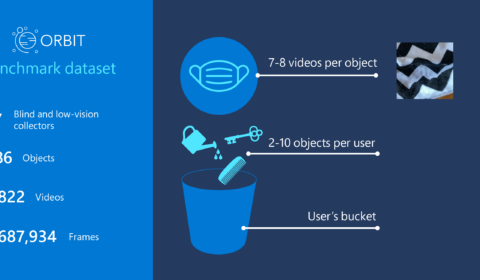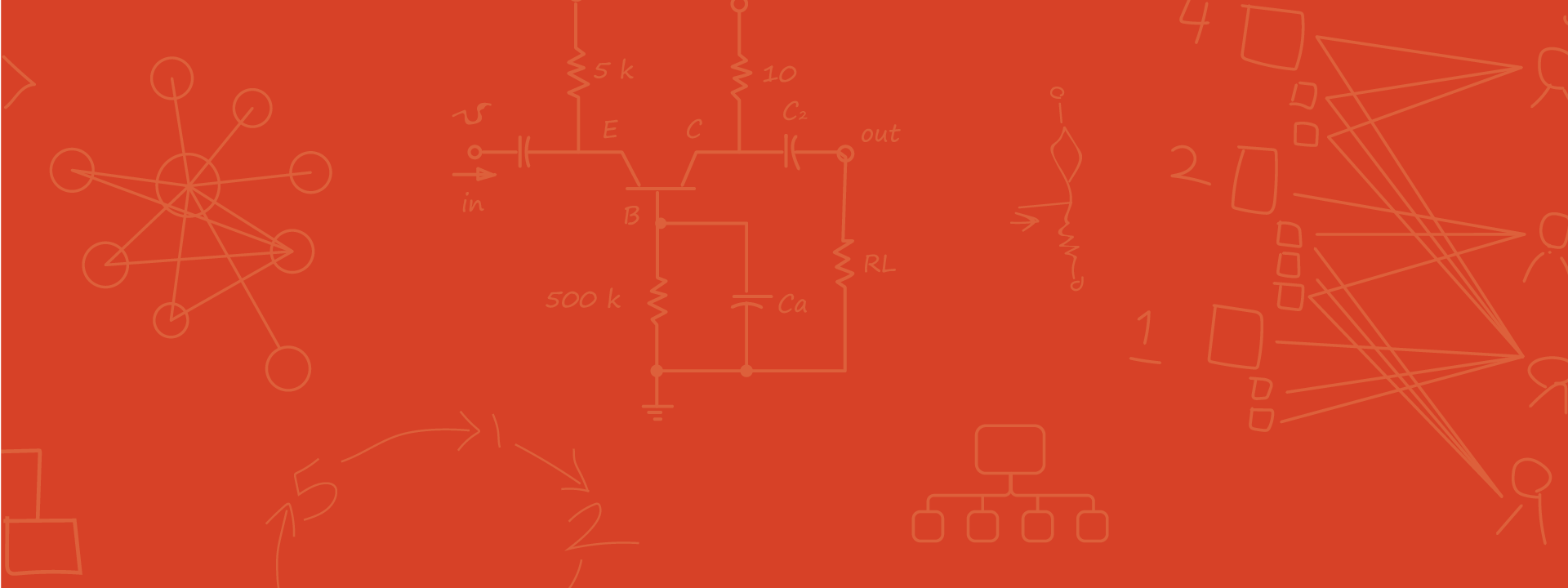News & features
In the news | IEEE Spectrum
Microsoft’s Muse AI Edits Video Games on the Fly: Muse is a proof of concept for more consistent AI gameplay
“They have trained what’s essentially a neural game engine that has unprecedented temporal coherence and fidelity,” says Julian Togelius, an associate professor of computer science at New York University and co-founder of AI game testing company Modl.ai. “That has wide…

Introducing Muse: Our first generative AI model designed for gameplay ideation
| Katja Hofmann
Today Nature published Microsoft’s research detailing our WHAM, an AI model that generates video game visuals & controller actions. We are releasing the model weights, sample data, & WHAM Demonstrator on Azure AI Foundry, enabling researchers to build on the…

Microsoft Research Forum Episode 4: The future of multimodal models, a new “small” language model, and other AI updates
Explore multimodal & small language models, plus advanced benchmarks for AI evaluation. Microsoft researchers are working on breakthroughs in weather prediction, materials design, even a new kind of computer for AI inference and hard optimization problems.
Awards | AAMAS 2023
Best Paper Award at AAMAS 2023
Best Paper Award at the 2023 International Conference on Autonomous Agents and Multiagent Systems for “Trust Region Bounds for Decentralized PPO Under Non-stationarity" by Mingfei Sun, Sam Devlin, Jacob Beck, Katja Hofmann and Shimon Whiteson

Using generative AI to imitate human behavior
| Tim Pearce, Tabish Rashid, Anssi Kanervisto, Dave Bignell, Mingfei Sun, Raluca Stevenson, Sergio Valcarcel Macua, Shanzheng Tan, Ida Momennejad, Katja Hofmann, and Sam Devlin
Diffusion models have been used to generate photorealistic images and short videos, compose music, and synthesize speech. In a new paper, Microsoft Researchers explore how they can be used to imitate human behavior in interactive environments.

Announcing the ORBIT dataset: Advancing real-world few-shot learning using teachable object recognition
| Daniela Massiceti, Cecily Morrison, Katja Hofmann, and Ed Cutrell
Object recognition systems have made spectacular advances in recent years, but they rely on training datasets with thousands of high-quality, labelled examples per object category. Learning new objects from only a few examples could open the door to many new…

Designer-centered reinforcement learning
| Batu Aytemiz, Mikhail Jacob, Sam Devlin, and Katja Hofmann
In video games, nonplayer characters, bots, and other game agents help bring a digital world and its story to life. They can help make the mission of saving humanity feel urgent, transform every turn of a corner into a gamer’s…

Research at Microsoft 2020: Addressing the present while looking to the future
Microsoft researchers pursue the big questions about what the world will be like in the future and the role technology will play. Not only do they take on the responsibility of exploring the long-term vision of their research, but they…
Awards | AIIDE 2020
Best Paper Award at AIIDE 2020
Best Paper Award at the 16th AAAI Conference on Artificial Intelligence and Interactive Digital Entertainment (AIIDE 2020) for “It’s Unwieldy and It Takes a Lot of Time.” Challenges and Opportunities for Creating Agents in Commercial Games by Jacob, Devlin and…

